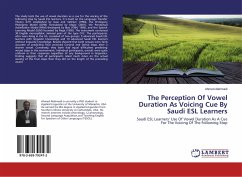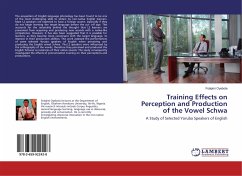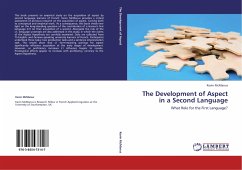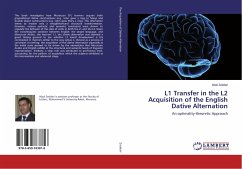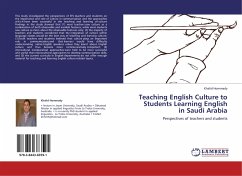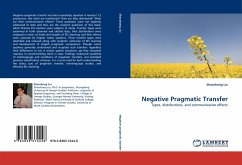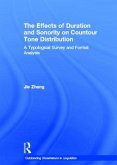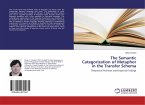The study tests the use of vowel duration as a cue for the voicing of the following stop by Saudi ESL learners. It is built on the Language Transfer Theory (LTT) established by Gass and Selinker (1994), the Ontogeny Phylogeny Model (OPM) formulated by Major (2001), the Perceptual Assimilation Model (PAM) developed by Best (1994, 1995), and the Speech Learning Model (SLM) founded by Flege (1995). The instrument contained 30 English monosyllabic minimal pairs of the type CVC. The participants, who were living in the US, consisted of two groups: 5 advanced Saudi ESL learners with linguistic knowledge and 10 advanced Saudi ESL learners without linguistic knowledge. Results showed that both groups were fairly accurate at predicting final unvoiced Coronal and Dorsal stops after a shorter vowel. Conversely, they both had equal difficulties predicting voiced stops in this environment. Individual participants, overall, were quite uniform in their responses regardless of any background in linguistics. Finding suggests that all participants relied much more on the actual voicing of the final stops than they did on the length of the preceding vowel.
Bitte wählen Sie Ihr Anliegen aus.
Rechnungen
Retourenschein anfordern
Bestellstatus
Storno

